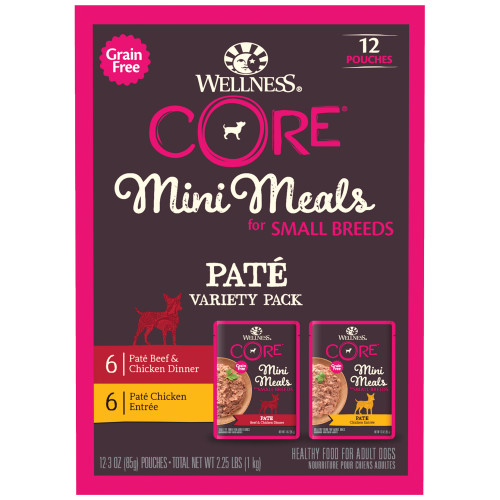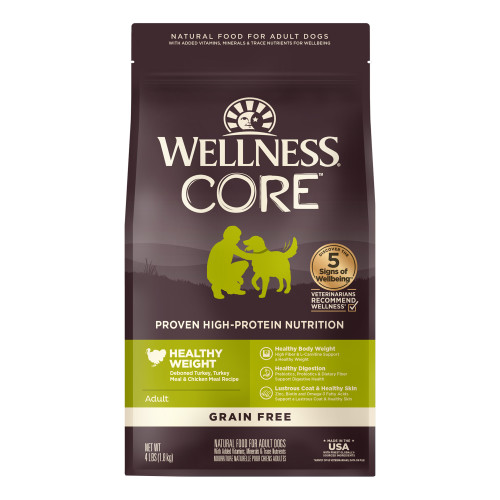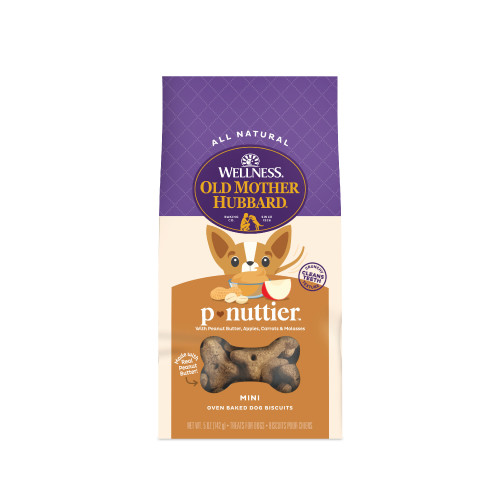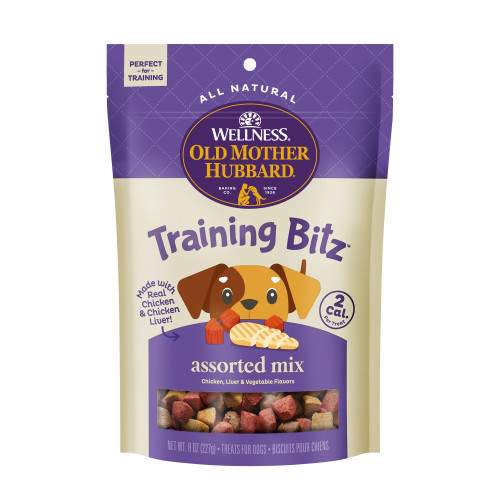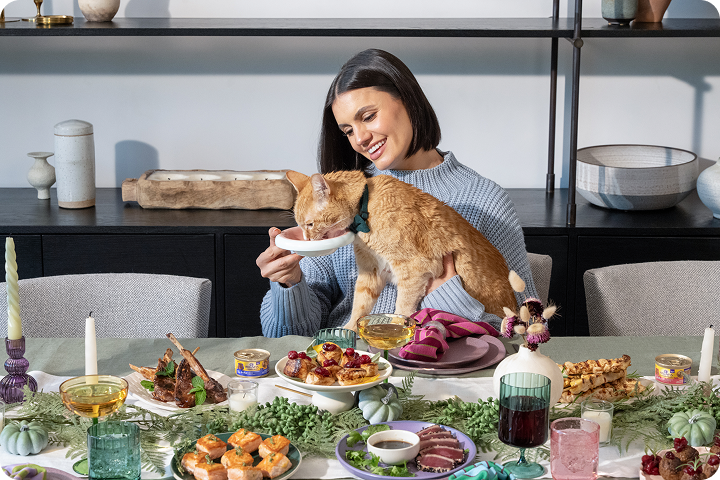December 16, 2025
Cozy Up! The Ultimate Guide to Winter Gear for Your Pet
When Jack Frost comes nipping at your nose, it’s not just humans who feel the chill. Your furry friends do, too! If you’ve ever seen your dog shivering or your cat refusing to step out into the snowy backyard, you know winter isn’t just a fashion statement—it’s a safety concern. But fear not! With the right winter gear for dogs (and even cats), you can keep your pets cozy, stylish, and safe no matter how frosty it gets.
From winter vests for dogs to heated pet beds for dogs, we’ve rounded up the ultimate guide to winter gear that’ll have tails wagging and whiskers twitching with delight.
Why Winter Gear Matters
You might be thinking, “Does Fluffy really need a jacket?” The answer: yes! Cold temperatures can lead to discomfort, frostbite, and even hypothermia for pets. Dogs and cats with short fur, older pets, or smaller breeds are especially at risk. That’s where dog cold weather jackets, winter snow boots for dogs, and other protective gear come in.
Not only does the right gear keep your pet warm, but it can also protect paws from ice, salt, and other winter hazards. Think of it as a cozy armor for your four-legged friend.
For more on winter safety, check out our guide on how long your dog can play in the snow and how to prevent frostbite for your dog.
Top Winter Gear for Dogs
1. Winter Vests and Cold Weather Coats
Nothing says “fashion meets function” like a dog cold weather coat. Whether you’re walking through a snowy park or running errands, a waterproof winter jacket for dogs will keep your pup warm and dry.
Some top brands to consider:
- Ruffwear Raincoat – Durable, reflective, and water-resistant. Perfect for rainy or snowy days.
- Spark Paws Winter Vests – Trendy and functional, designed to protect against wind and snow.
- Kurgo Cold Weather Jackets – Excellent coverage and adjustable sizing for comfort.
These coats aren’t just about warmth—they also shield your pet from wind, sleet, and snow buildup, especially for breeds with thin fur or short legs.
2. Dog Boots and Paw Protection
Snow, ice, and salted sidewalks can wreak havoc on your dog’s paws. Enter dog boots for winter. These little foot protectors are game-changers for winter walks.
Top picks include:
- Gofluo Moonlight Doggyglower ($65 at Amazon) – Reflective, water repellent, and washable. Ideal for evening strolls, your dog will stay visible and dry. Buy it here
- Puppington Walk Bag ($50 → $40 at Amazon) – Not just a boot carrier, this discreet bag holds keys, phone, and matching compostable bags for clean-up. Grab it here
Adding boots to your dog’s winter wardrobe protects their paw pads from cracks and irritation, keeping walks fun rather than painful.
3. Heated Pet Beds and Pads*
Cold floors are no fun for anyone, and pets are no exception. That’s where heated dog beds and heated dog pads come in. Perfect for older dogs or small breeds, these beds provide a warm retreat after an outdoor adventure.
- Heated indoor dog bed – Soft, cozy, and energy-efficient for all-day warmth.
- Self-warming dog bed – Uses your dog’s own body heat for a soothing, cozy spot.
- Heated dog blanket – Portable warmth for car rides or living room snuggles.
Pairing a heated bed with a well-balanced diet from Wellness Pet ensures your pup stays healthy from the inside out. Try Wellness® CORE Plus Dog Wholesome Grains Sensitive Skin & Stomach Salmon & Rice for a diet that supports skin, coat, and overall vitality.
*Safety tip: Choose certified, chew-resistant models; allow your pet to move off if warm; supervise early use; keep beds dry; check for damage; unplug when unattended; and follow manufacturer guidelines to prevent overheating.
4. Rain Gear and Waterproof Jackets
Winter isn’t all snow—sometimes it’s rain, sleet, or slush. A dog raincoat with hood or rainproof dog coat is essential to keep your pet dry and happy during wet walks.
- Ruffwear Raincoat – Lightweight, packable, and reflective for rainy days.
- Kurgo Waterproof Dog Coat – Adjustable and durable for larger breeds.
- Spark Paws Rain Jackets – Fashionable, functional, and perfect for urban strolls.
Keeping your dog dry not only prevents discomfort but also reduces the risk of colds and damp-related skin issues. Combine with paw pad balm for dogs to protect feet from wet and cold surfaces.
5. Small Dog Winter Clothes
Tiny pups have big hearts but can struggle with the cold. Small breeds often need extra insulation:
- Small dog winter clothes – Sweaters, vests, and jackets designed for pint-sized pups.
- Warmest dog sweaters – Thick, soft, and oh-so-cuddly for brisk walks.
- Snow boots for small dogs – Ensure even little feet stay warm and protected.
Even cats can enjoy winter gear if introduced slowly. While cat-specific brands like RCpets or SurferCat are trending, stick to cozy sweaters and non-restrictive jackets that let your feline friend roam safely.
Bonus Winter Accessories
- Reflective Gear – Evening walks in low light? Reflective vests, collars, or booties help you keep tabs on your pup.
- Paw Protection – Salts, ice, and chemicals can harm paw pads. Use paw pad balm before and after walks.
- Functional Toppers – Enhance meals with wellness toppers to support energy and coat health:
Wellness® Bowl Boosters: Skin & Coat
Fun Tips for Winter Walks
- Layer Up: Combine a dog cold weather jacket with booties for maximum protection.
- Short Walks, Frequent Breaks: Avoid prolonged exposure to freezing temperatures.
- Check Paws Often: Remove snow or ice balls between paw pads.
- Stay Hydrated: Pets can get dehydrated even in cold weather.
For more safety tips, check out our Winter Dog Safety Tips.
Seasonal Grooming
Winter isn’t just about bundling up. Cold air can dry out your pet’s skin, leading to dry skin on dogs and flaky fur. Regular brushing helps distribute oils, and using Wellness® CORE Digestive Health Chicken & Brown Rice supports a shiny coat from the inside.
Wrapping Up
Winter doesn’t have to mean a miserable pup or a grumpy cat. With the right winter gear, a warm place to snooze, and paw protection, your pet can enjoy frosty fun safely. Remember to layer coats, boots, and accessories appropriately for your pet’s breed, size, and tolerance for cold.
From heated dog pads to waterproof winter jackets, puppy booties, and paw pad balms, investing in quality gear ensures your furry family members stay happy, healthy, and stylish all winter long. And don’t forget, good nutrition from Wellness Pet foods and toppers keeps that coat glossy and the energy high, no matter how cold it gets outside.
So go ahead—bundle up, grab the Gofluo Moonlight Doggyglower, toss on some Ruffwear raincoats, and enjoy the snowy season with your four-legged besties. Winter adventures await!


